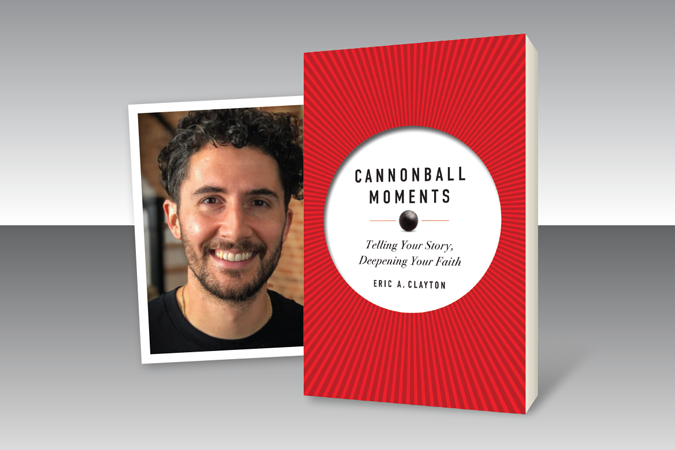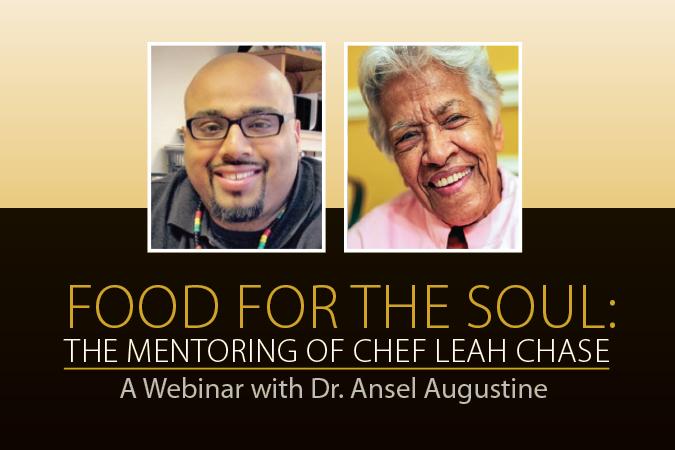In part one of this series, Advent: Sharing Stories of Hope, I wrote about how storytelling is a way of sharing our values (that which is most important to us) and how hope is a virtue that we highlight during the Advent season. Advent reminds us that we are to be a people of hope year-round, each and every day. We are to be people who carry and exude a confident and joyful anticipation of good things to come, especially for those experiencing darkness and despair. Hope is a disposition—an attitude—that refuses to allow despair to get the upper hand.
In his wonderful book, Cannonball Moments: Telling Your Story, Deepening Your Faith, author Eric Clayton reminds us that it is the responsibility of Christians to share stories of hope, especially when drawing attention to people in need (which we tend to do during the holiday season). He tells us that the stories we share about those in need are invitations to enter into solidarity with them. Clayton warns us not to over-emphasize the more sensational details of their plight, which can serve only to distance us from those we wish to help and cause us and others to respond with despair instead of true hope. Rather than share stories that are “action inhibitors,” Clayton encourages us to share stories that are “action motivators,” stories that rouse emotions like “urgency, righteous anger, solidarity, and hope.”
During this Advent season, as we deepen our own commitment to those in need and invite others to come to their aid, may the stories we share help to build connections between people, tear down walls of separation, “pull us out of ourselves and remind us that we can make a meaningful difference.” (Clayton)






Be the first to comment